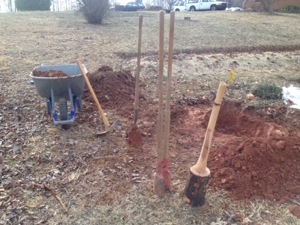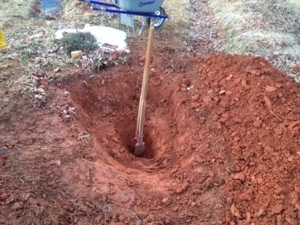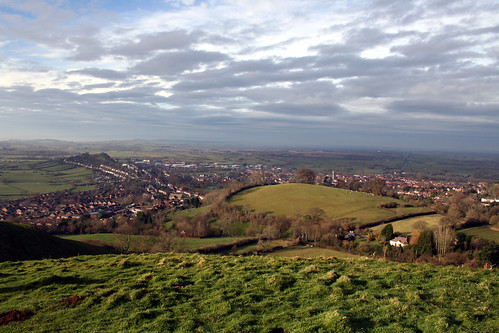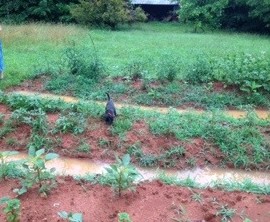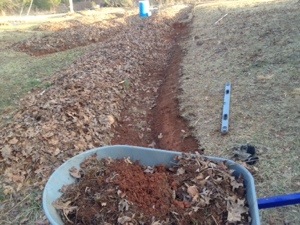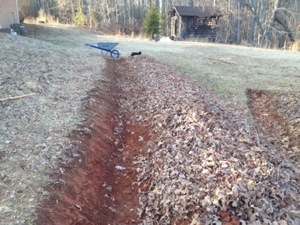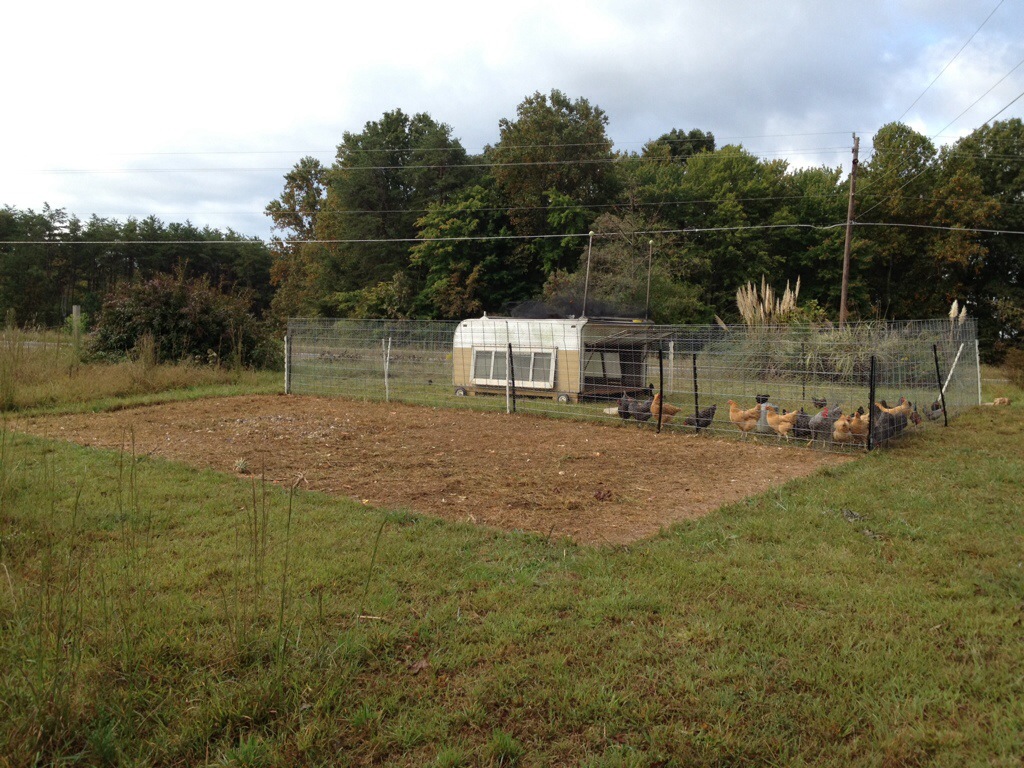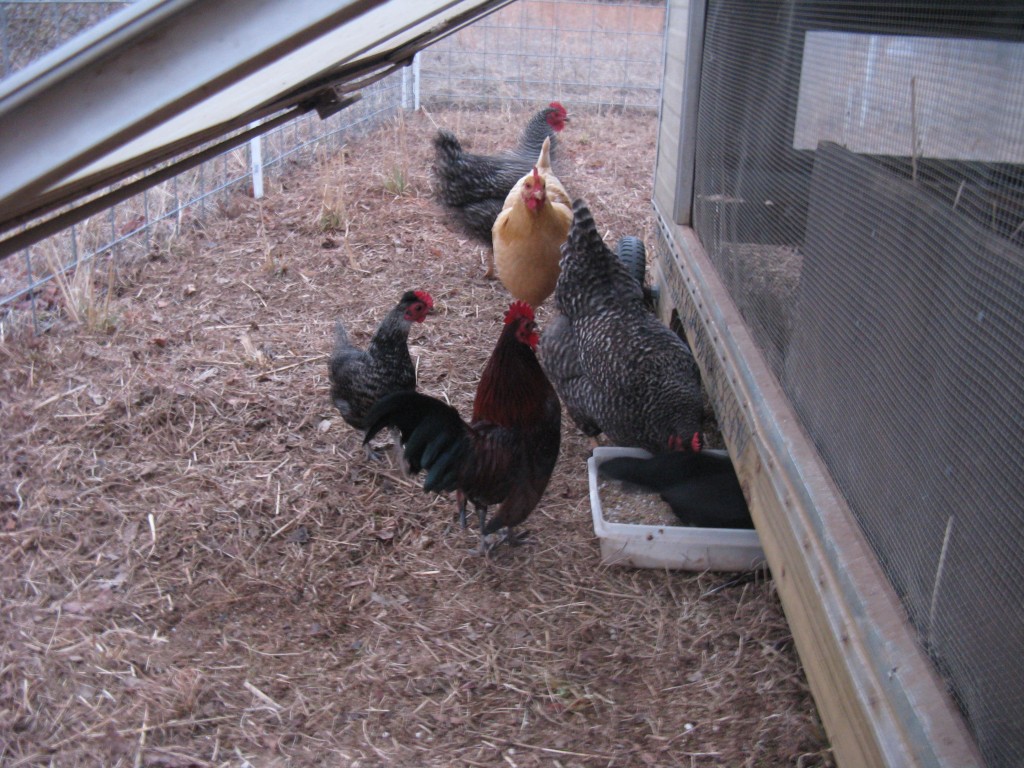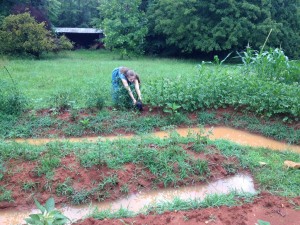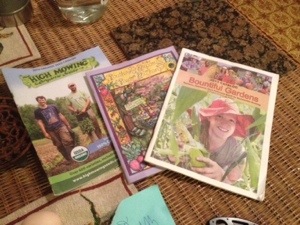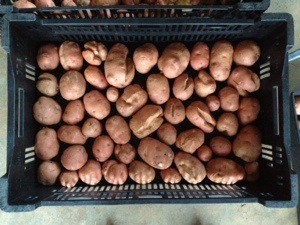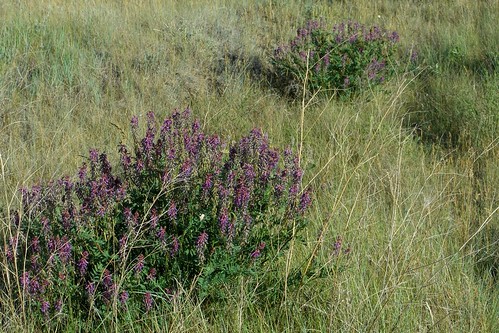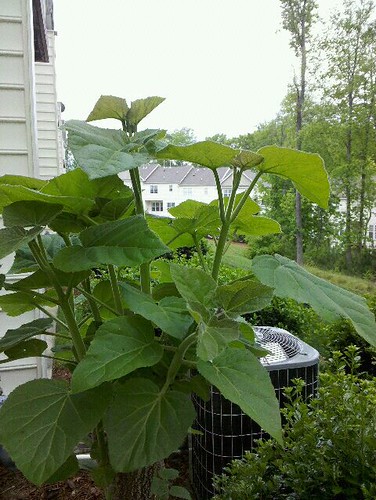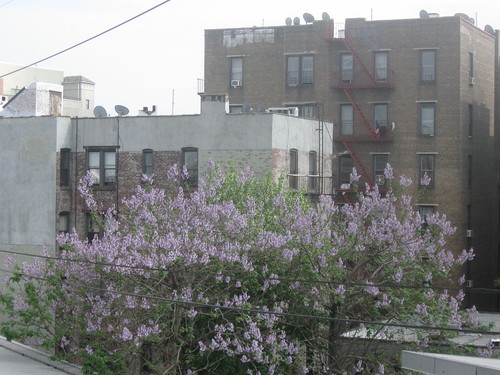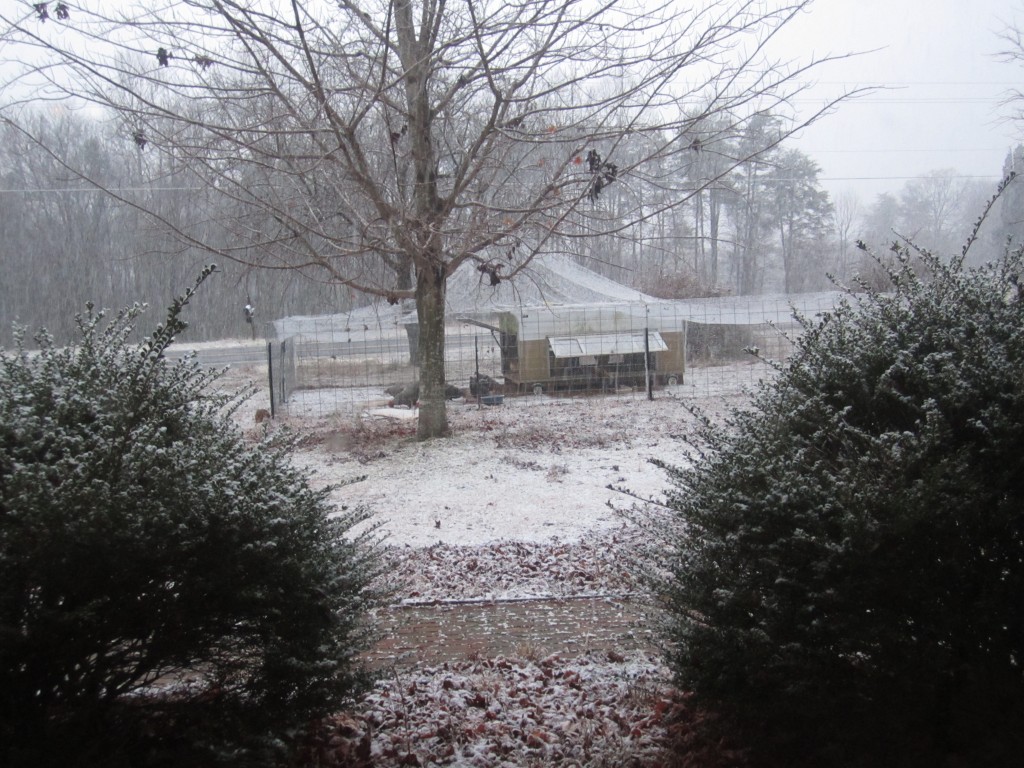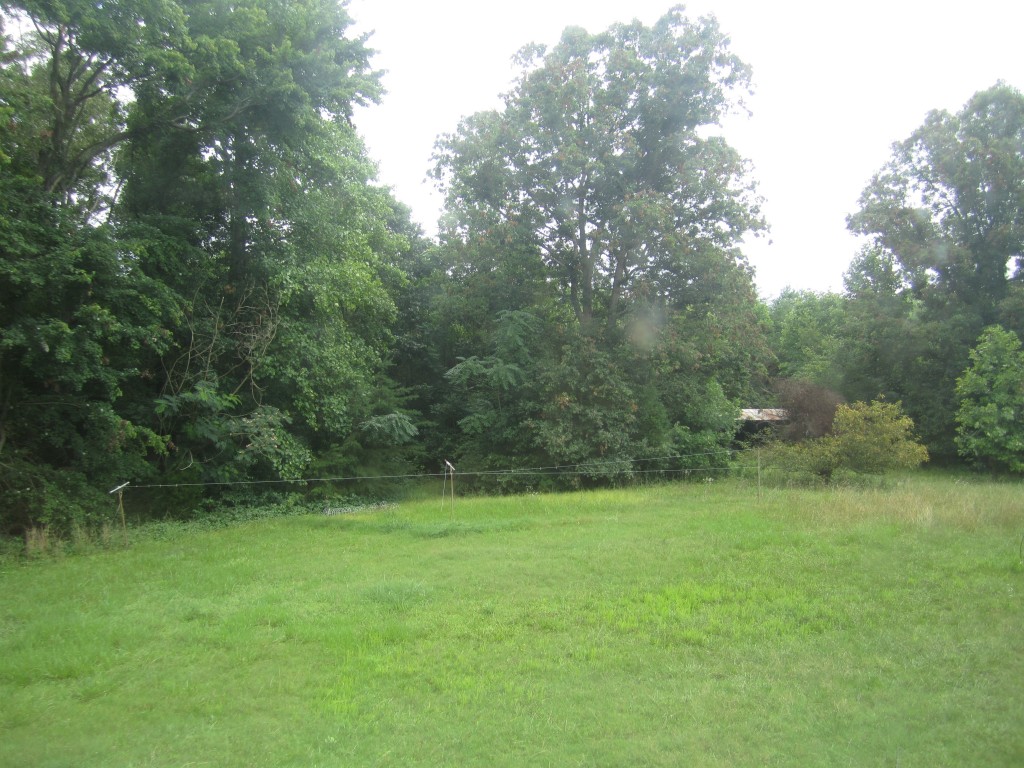What is the best way to delineate and divide your property? With the cost of fencing so high, and the move back toward the traditional practices and wisdom of our ancestors, more and more homesteaders and small farmers are once again looking at hedges and hedgerows as a sustainable and productive solution.
A hedgerow can last forever, just look at the countryside in England or Ireland where some hedges are centuries old, and can provide food, fodder, fuel, and medicine, as well as protection from wind and nosy neighbors. The type of hedge I want to to talk about is an edible food hedge, or a fedge.
Traditional hedges in Europe consisted of hazelnut, chestnut, willow, holly, and other small trees and bushes including roses. These hedges divided property, mainly grazing paddocks, and were coppiced for fuel wood on 5-20 year rotations. They also were a source of browse for livestock, and helped to stabilize the landscape by acting as both windbreaks and organic matter traps.
Hedges and fedges should be a part of any homestead, and are a valuable technique in any permaculture design. The key to a good edible hedgerow is plant selection. Shrubs work well here, especially those that spread from the roots, like hazelnut, and those that can be easily propagated by layering, like figs and cane fruit. Some examples include:
- elderberry
- currants and gooseberries
- blackberries, raspberries, and other cane fruits
- Siberian pea shrub
- high bush cranberry
- Russian olive
- goji berry
- yaupon holly
- blueberry
- aronia
- sea buckthorn

Sea Buckthorn, or Sea Berry, makes a nice edible hedge with nutritious orange fruits. C. ednl
Some trees work well in a hedge too, but they should be small trees, with a low branching habitat. Species that coppice, or grow back from the stump after cutting, are very well suited to hedges as well. Some worthy examples are:
- black locust
- chestnut
- black alder
- honey locust
- and some pines
The herb layer in a fedge can’t be forgotten, and is easily filled with herbaceous support species and dynamic accumulators like comfrey, yarrow, and dandelion, and ground covers like clover and wintergreen. The addition of a hedge creates two micro-climates depending on its orientation, one on each side, that should be utilized with perennial or annual herbs, flowers, and vegetables.
When planning a hedge, make sure to space your plants properly to ensure a good thickness with no gaps between planting. One option is to plant species that can be easily propagated further apart than desired in the future, and then propagating them outwards season by season until the fedge is filled in and impenetrable.
When filling in gaps of fedges, look to smaller, more shade tolerant plants like yaupon holly, and currants to finish off any holes in the vegetation. The finished product should last forever with very little maintenance except some pruning, harvesting, and propagating when one or another plant dies.
Because of its diversity, an edible hedge of many species shouldn’t succumb to fungal or disease outbreaks and be completely wiped out. This diversity also provides habitat for an immense number of beneficial insects, which not only patrol the hedge, but the surrounding gardens, orchards and food forests as well.
So take look at your property. Can a fedge run parallel to that fence? Can one enclose your vegetable garden, or divide your pasture into paddocks for cell grazing? A diverse food hedge can bring many benefits to you and your property, and should be considered in any edible landscaping project.
